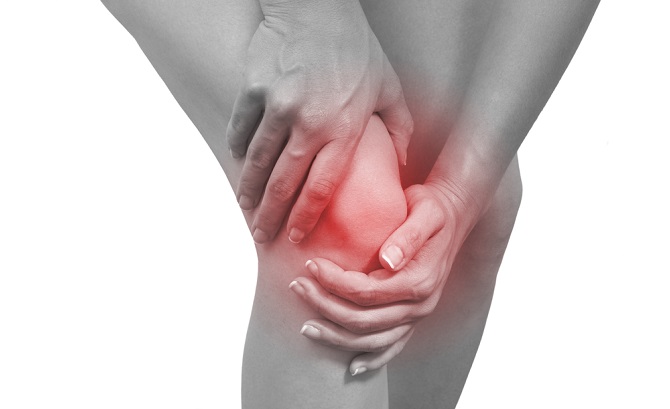What to do about knee pain
People in their fifties and sixties often have symptoms of diseases related to lifestyle or genetics.
Many complain about chronic knee pain appearing apparently for no reason. It usually begins as a soft but uncomfortable sensation that comes and goes. This is why many people do not consider it necessary to see a doctor.
 |
If the problem continues, the pain can become more aggressive, locking the knee during normal activities such as climbing the stairs or getting up from a chair. This is when the thought of visiting a doctor becomes real. From the first scenario to the second, usually takes from three to five years.
After consulting with a specialist, maybe a new word will fill your mind - osteoarthritis. People begin thinking for the first ime if they will ever move around freely again.
Bone edges are covered by cartilage, similr to that found in chicken meat or oxtails. Cartilage is a soft tissue that protects bones from touching while a joint moves. Between the bones there is a small space filled with liquid, similar to olive oil, that serves as lubricant.
When cartilage is not strong enough, the liquid loses its lubrication properties and the bones can touch while moving. This is known as an initial knee osteoarthritis. If nothing is done to improve the condition, repetitive rubbing of joint bones will changes their surfaces, create more cartilage damage and lead to overproduction of articular liquid. Translated into symptoms this means increased pain, swelling, limited range of motion, tenderness and deformity of the joint.
The goal of medical treatment is to reduce the pain, allowing the patient to get back on his feet. but it depends when the ailment is diagnosed. Stage one, or initial-knee osteoarthritis, can be treated conservatively to improve lifestyle by using specific medication. Stage 2 may need intra-articular injections, a very effective option to manage pain and avoid more cartilage damage.
Stage three or advanced osteoarthritis, may require knee arthroscopy, a minimally invasive surgical procedure that uses an intra-articular video camera to check the joint from inside and some tools that allows the orthopedic surgeon to “clean” the joint, repairing and/or removing tissues if needed.
Stage four is severe and can include complete cartilage damage. The joint may need to be replaced by a prosthesis, a surgical procedure that is very safe and with a good outcomes.
If you have been feeling knee pain for a long time, the best thing you can do is to book an appointment with an orthopaedic surgeon. Meanwhile, try to apply ice using frozen cold-packs for 20 minutes every 6 hours until you visit an specialist. Remember to use a cloth to protect your skin from a cold burn.
Avoid hot therapy at home. Osteoarthritis is related to inflammatory conditions and a warm environment around the joint can only make things worse. Also, try to avoid ointments and creams that will lose your time and money. Theres no way a cream can repair the damaged cartilage in our knees. –
For more advice on any medical topics, visit Family Medical Practice Hanoi at: 298 I Kim Ma Street, Ba Dinh. Tel: (024) 3843 0748. Email: hanoi@vietnammedicalpractice.com.
FMP’s downtown Ho Chi Minh City location is: Diamond Plaza, 34 Le Duan Street, District 1: 95 Thao Dien Street, District 2. Tel: (028) 3822 7848. Email: hcmc@vietnammedicalpractice.com.
FMP Da Nang is located at 96-98 Nguyen Van Linh Street, Hai Chau District, Da Nang. Tel: (0236) 3582 699. Email: danang@vietnammedicalpractice.com.
(Source: VNS/ by Dr Andres Sosa )